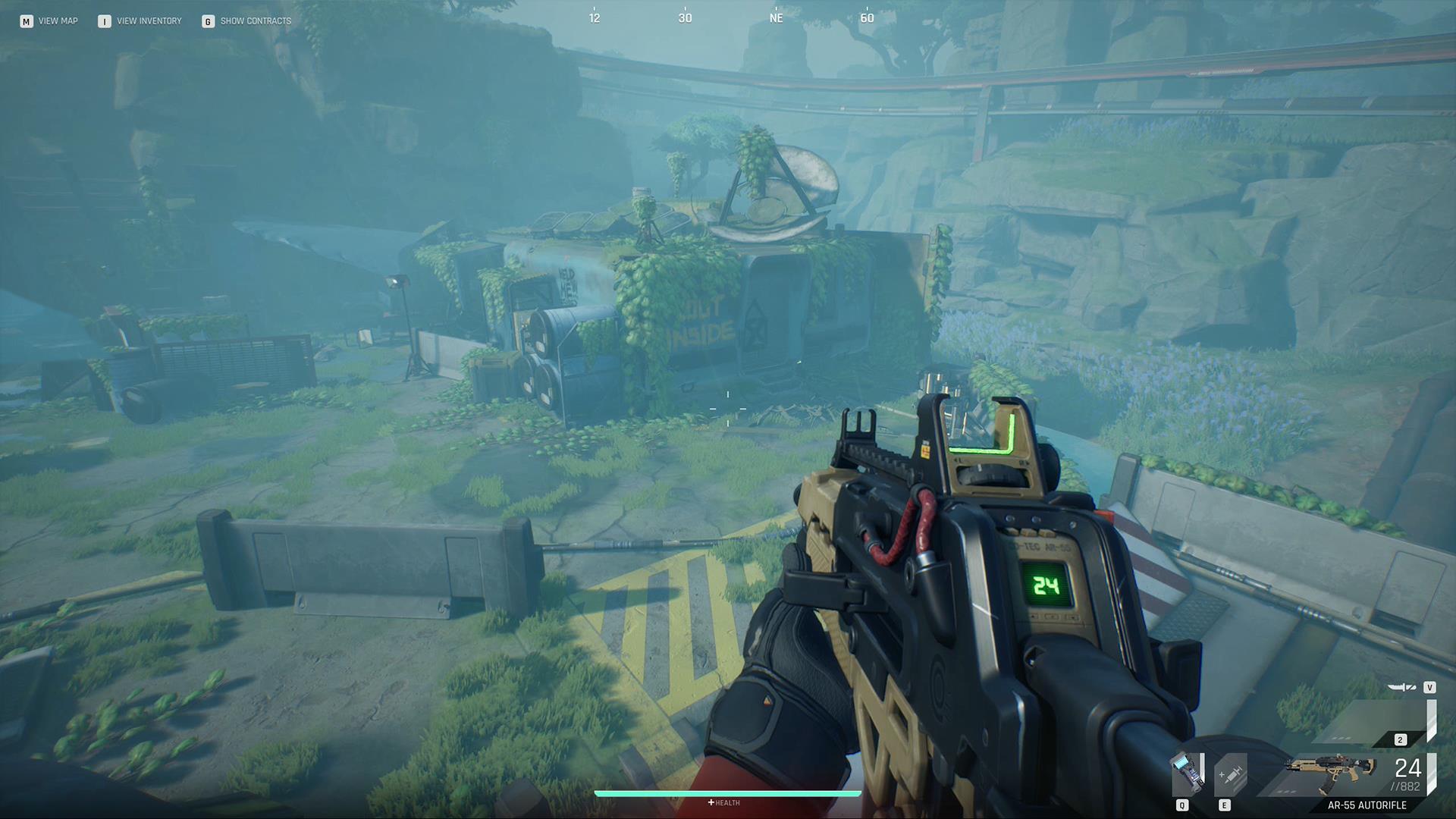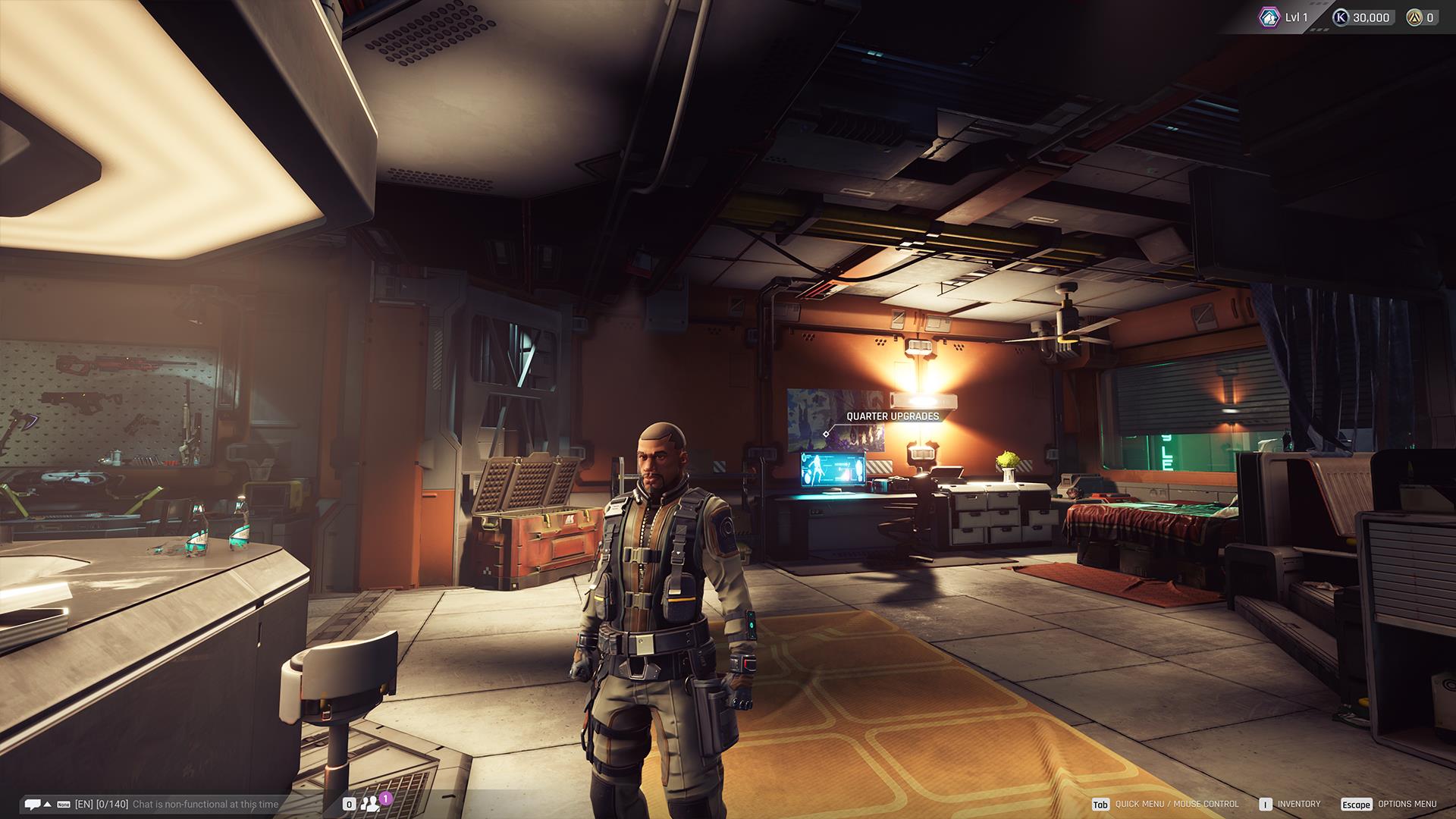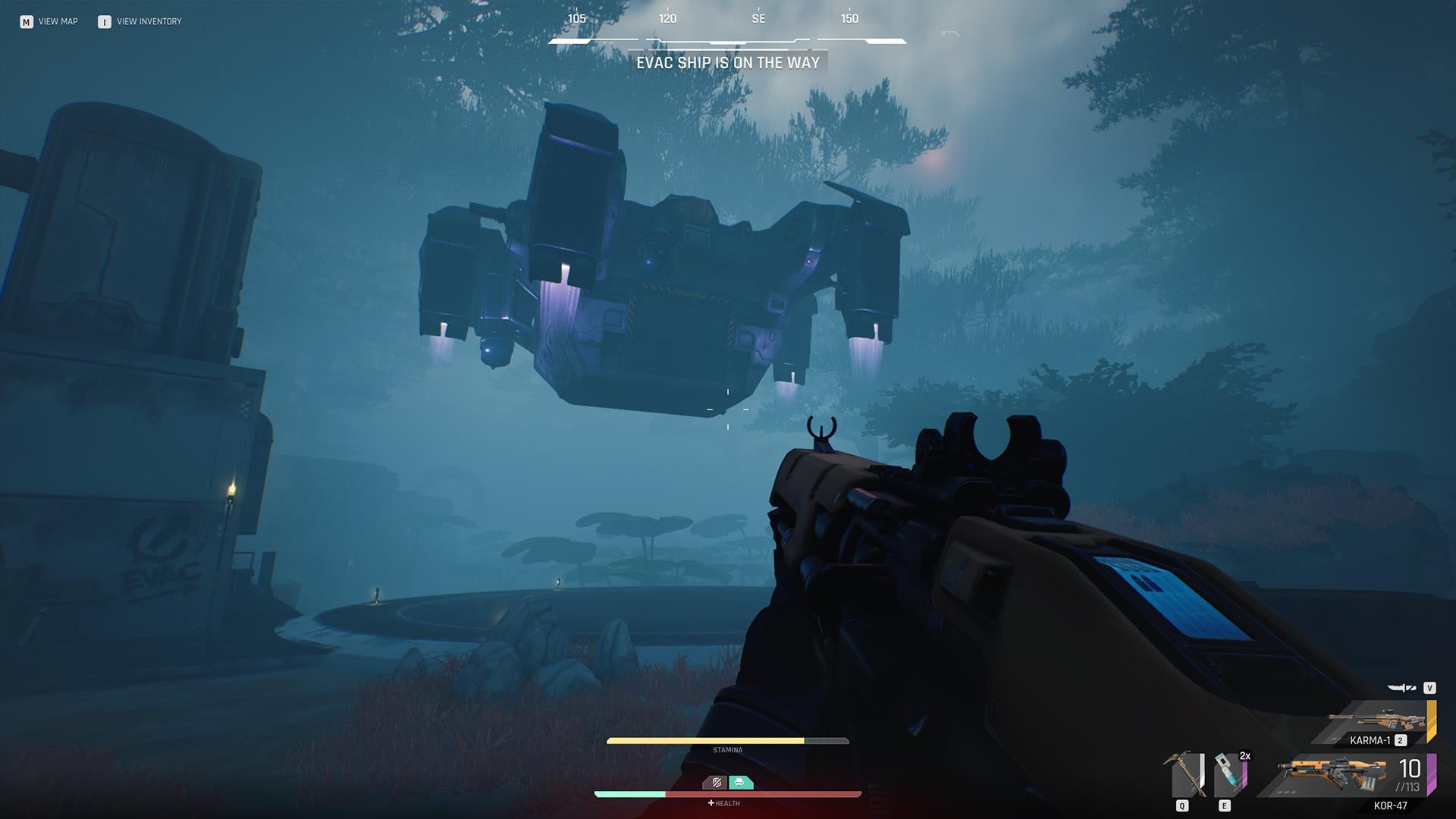But we don’t remember all that when we think of Spec Ops: The Line. Instead, it’s the game’s view of war through the lens of video games, its understanding of player agency, and its commitment to saying something at a time when games were just starting to experiment with embedding messages in their narratives that most really think of when the game comes up.
Few people have kept up with the goings-on at Yager since, in part because the developer abandoned the limelight of AAA development and took matters into its own hands, opting to focus on interesting prototypes and see them to fruition. These weren’t always successful ventures, but they established a theme for Yager, one which the studio would follow in the years to come. To me, that’s the ability to shelf something that isn’t popular, and shift to a new project in a completely different genre.
In 2019, the studio quietly launched The Cycle, a revolutionary online shooter that was among the first to make sense of PvPvE, something that would later become just another flavour of multiplayer. In the years since, The Cycle received numerous updates, a new map, deeper progression systems, and overhauled its gameplay loop a number of times.
But few people cared. Despite being free-to-play, with a fair monetisation system to boot, being locked to the Epic Games Store hurt its chances of reaching a wider audience. It never made it to consoles, either. While it was hardly a challenge to find a populated game of The Cycle, Yager tells me it was just too niche to support an entire studio.
So the team had to do something they’ve gotten pretty good at: pivot yet again. Only this time, it won’t be as drastic as the journey from Spec Ops to Dreadnought, and later, The Cycle. Unfortunately, this also meant the original version of The Cycle is dead, as the size of the team at Yager doesn’t allow it to maintain two live games at the same time.
“Honestly, the choice was [between] keep on banging our heads against the wall and probably fail – like a lot of game devs do when the market for it is not quite right, or be brave and pivot the game,” Jonathan Lindsay, executive producer, says.
We’re witnessing the birth of a new style of multiplayer shooters with roots in battle royale and traditional MMO/server-based concepts. We’ve not quite landed on an agreeable term for these games, though extraction royale seems to be the most common.
For those of us not bothered by accurate video game terminology, likening new games to other, more established ones remains the easiest way to describe them. The Cycle: Frontier has been called Tarkov-lite, and sci-fi Tarkov. Indeed, Frontier borrows as much from Escape from Tarkov as it does The Cycle.
It’s a shooter where players load into active servers with the job of obtaining materials stored in caches, mining for ore, and hoarding all manner of items. The ultimate goal is to call for an extraction and leave in one piece so you can later sell some of your loot, use some in upgrades, and donate the rest to complete quests that sent you down there in the first place.
At all times, you will be running into AI monsters and animals, as well as other human players with the same goal as you. Lindsay tells me that Frontier was designed so passive players who like to avoid engaging in PvP can prosper just as well as the killing machines who play those games to ruin someone else’s day.
The result is an accessible, more friendly take on Tarkov. Frontier retains a few unforgiving elements, like losing your gear on death, short time-to-kill, realistic weapon ballistics, limited inventory space and so much more. But it also boils down the dozens of ammo types to just five, offers easy gear insurance, and is generally not afraid of improving players’ quality of life through helpful tutorials, and a wealth of UI options Tarkov hardcores would scoff at.
In playing The Cycle: Frontier, I found that the game addresses most of my issues with Tarkov. While friendly fire remains, for instance, there’s an easy way to identify teammates that doesn’t involve wearing matching arm patches and occasionally wiggling. Frontier also has a world map, and it’s clear to see where you are and where you can go to call an evac.
The extraction location varies, but you will always have other players heading to the same one as you. The developer tells me these locations are balanced in a way to stop chads from making life miserable for new players. Matchmaking is another element that works in the background to send you to games with players of similar skill, something Tarkov lacks.
The best thing about Frontier is that it doesn’t discard the years of work and refinement that went into The Cycle: this is still a satisfying shooter with solid mechanics all around, just in a different wrapper. The team has been spending its time instead making the concept of extraction royale more interesting to players who either can’t or won’t get into Tarkov.
Faction campaigns – a new feature in this beta – provide clear direction for players looking to learn the ropes, and plenty of meat for everyone else to chew on. Passive income is another mechanic whereby players can invest some of their earnings at their quarters to expand character inventory, generate the game’s premium currency and make plenty more upgrades.
Frontier might appear as a reinvention of The Cycle, but it’s actually closer to Yager’s original vision for Prospector – the project’s working title throughout its development.
“We thought, okay, this is an opportunity to pivot to something that’s maybe a better fit for the original idea of the game, which is being a prospector. This [was] the pitch back in 2016 that we lost track of, to be honest,” Lindsay explains.
This mantra also dictates Yager’s approach to solving problems inherent in extraction royale. Tarkov, for instance, has to wipe everyone’s inventories every few months to force all players to start off on equal footing. Frontier will make use of the same solution, but the developer wants to tie it to seasonal refreshes and the launch of a new battle pass, something The Cycle players should be familiar with – not to mention really anyone who plays live service games.
It’s also why matchmaking primarily takes into account players’ ability to extract with valuable loot, not their marksmanship skills. This allows different playstyles to prosper, so long as the ultimate variable is the ability to make it out alive with a good haul. Frontier even goes a step further, creating protected brackets for new (and struggling) players to make it easy for them to get comfortable with the various systems, or bounce back after a slump. This is achieved by lowering the number of players in a session, for instance, and making extraction points closer to the dropzone.
Creative director Dan Banefelt says that all of these elements have evolved from earlier prototypes and tests, so it’s not unreasonable to expect some of them to change again and either make the game more friendly or harsher. Another interesting point of feedback has been the lack of a player-driven auction house, which Lindsay adds isn’t in to prevent the game from revolving around the economy and assigning clear value to everything.
As it stands, The Cycle: Frontier’s high-level systems have clearly struck a good balance, proving the pivot was the right call for the team. The moment-to-moment gameplay also benefits, achieving what Banefelt calls “tense uncertainty.”
Players seem to agree, too. Despite not offering any sponsorship deals for streamers, the closed beta’s Twitch viewership has organically reached the platform’s top 10, averaging anywhere from 5,000 to 10,000 concurrent viewers, with a respectable peak of over 99,000 in October 2021. Steam concurrent numbers are similarly impressive for a limited access test, with peaks around 16-24,000 concurrent players.
The Cycle: Frontier has had two closed beta tests so far, the second of which has been running since mid-March, and remains active until April 19. Over 100,000 players have been given access, but a lot more have yet to get invited. Yager was surprised by the response to the second closed beta, and has been working to upgrade its systems to support these higher concurrent numbers.
Those who can’t get in now can wait for the official launch sometime in the second quarter of this year. Until then, there’s always Steam wishlisting.


